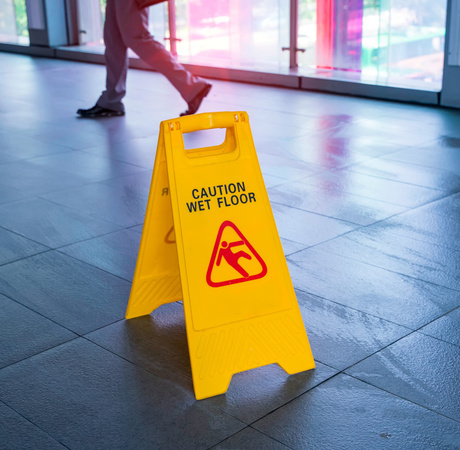How Businesses Can Minimise Workplace Injury Risks
How Businesses Can Minimise Workplace Injury Risks

[Image source: Deposit photos]
Workplace accidents have far-reaching consequences for individuals and businesses alike, from lost income and reduced productivity to worker’s compensation and the time and expense required to train up replacement employees. There are many reasons why an accident might occur in the workplace, but taking these steps can help mitigate the risks to keep your staff safe from harm.
Carry out Risk Assessments
Risk assessments identify hazards ahead of time, so you can take the necessary steps to avoid them. They’re a legal requirement for all companies, but it’s not a one-and-done situation – companies should carry out regular risk assessments to minimise the risk of personal injury claims.
Provide Up to Date Training
Preventing accidents is easier when your staff have the skills and knowledge to protect themselves. Many businesses treat training as a box-ticking exercise, however, the consequences of this can be disastrous. If you’re serious about minimising accidents in your company, you need to invest in progressive training tailored to your workforce. This means creating engaging, informative learning opportunities that are easily remembered.
Supply PPE
Many people associate Personal Protective Equipment (PPE) with construction sites and labour-intensive roles, but the reality is that there are many industries where PPE can be beneficial in keeping staff safe. For example, roles where staff are on their feet all day, or who work in areas with harsh fluorescent lighting may benefit from supportive footwear to minimise fatigue, or tinted safety glasses to reduce eye strain.
Install Clear Signage
Employers are responsible for training their staff to understand what each sign in the building or work environment means, and to help them understand the key actions they should take when seeing each sign. Signage should always be present in environments where the risks can’t be controlled in any other way, but they also need to be maintained. A sign with missing letters or faded graphics can be confusing and lead to higher risks.
Maintain Clear Communication
A culture of clear communication is critical for maintaining a safe work environment. Leaders can’t improve workplace health and safety without feedback from those working in the business on a daily basis, so surveys, one-to-ones and group sessions to engage with your staff is the key to gathering relevant information to improve systems and processes. There are also technological integrations that can be set up to work with your online training platforms, to make it easier for staff to provide feedback on what is and isn’t working.
Running a business is costly at the best of times, but even more so when health and safety is factored in. Taking shortcuts might seem good enough to check off compliance, but the consequential costs can be extensive and may result in your business paying far more in time and money to resolve safety issues. Take the time to invest in proper training and products that will ensure your staff are not at risk of suffering a workplace injury – it’s worthwhile not just for individual employees but also for your brand reputation.
